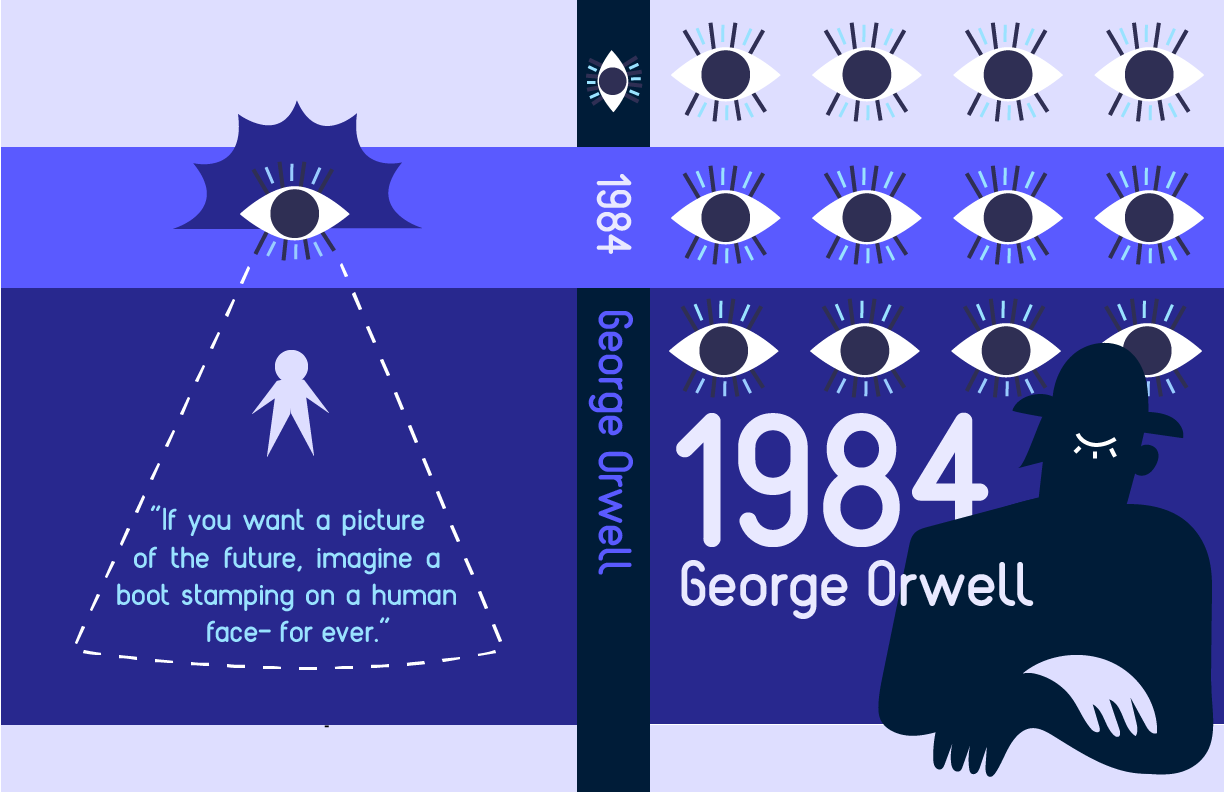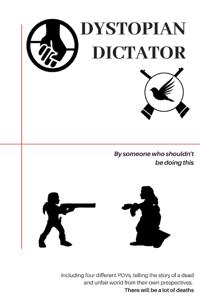A dystopian society is one that is characterized by a government or social system that is oppressive and controlling, often resulting in widespread suffering and unhappiness. In literature and film, dystopian societies are often depicted through the use of various symbols and motifs that convey the negative aspects of such a society. These symbols can be powerful tools for revealing the underlying themes and messages of a work, as well as for helping readers or viewers to better understand and engage with the narrative.
One common symbol found in dystopian literature and film is the use of a dystopian city or landscape. This can be a metaphor for the oppressive and controlled nature of the society, as well as for the bleak and despairing mood that often prevails in such a society. For example, in the novel "1984" by George Orwell, the city of London is described as a grim and desolate place, with its ruined buildings and constant surveillance serving as a metaphor for the oppressive nature of the government. Similarly, in the film "Blade Runner," the futuristic city of Los Angeles is depicted as a dark and polluted place, with a heavy industrial atmosphere that reflects the bleak and oppressive nature of the society.
Another common symbol in dystopian literature and film is the use of advanced technology, which is often depicted as being used to control and oppress the population. For example, in the novel "Brave New World," the government uses advanced genetic engineering techniques to create a rigidly stratified society in which individuals are predetermined to occupy specific social roles. Similarly, in the film "The Matrix," the government uses advanced virtual reality technology to keep the population in a state of constant illusion, effectively rendering them oblivious to the true nature of their society.
Another powerful symbol found in dystopian literature and film is the use of propaganda and manipulation of information. In such societies, the government often seeks to control the flow of information and to manipulate public opinion in order to maintain its grip on power. For example, in the novel "Fahrenheit 451," the government bans books and censors all forms of media in order to prevent the population from being exposed to alternative viewpoints. Similarly, in the film "V for Vendetta," the government uses propaganda and misinformation to keep the population in a state of fear and conformity.
Finally, the use of oppressive and controlling institutions is another common symbol in dystopian literature and film. These institutions can take many forms, including the police, the military, or other forms of government or social control. In the novel "The Handmaid's Tale," the government establishes a rigid and patriarchal society in which women are treated as property and are denied basic rights and freedoms. In the film "Elysium," the government establishes a class-based society in which the wealthy elite live in luxury on an orbiting space station, while the poor are left to suffer on a polluted and overpopulated Earth.
In conclusion, dystopian symbols are an important tool for conveying the themes and messages of dystopian literature and film. Whether through the depiction of dystopian cities and landscapes, the use of advanced technology, propaganda and manipulation of information, or oppressive and controlling institutions, these symbols help to reveal the negative aspects of such societies and to engage readers and viewers in a deeper understanding of the narrative.





